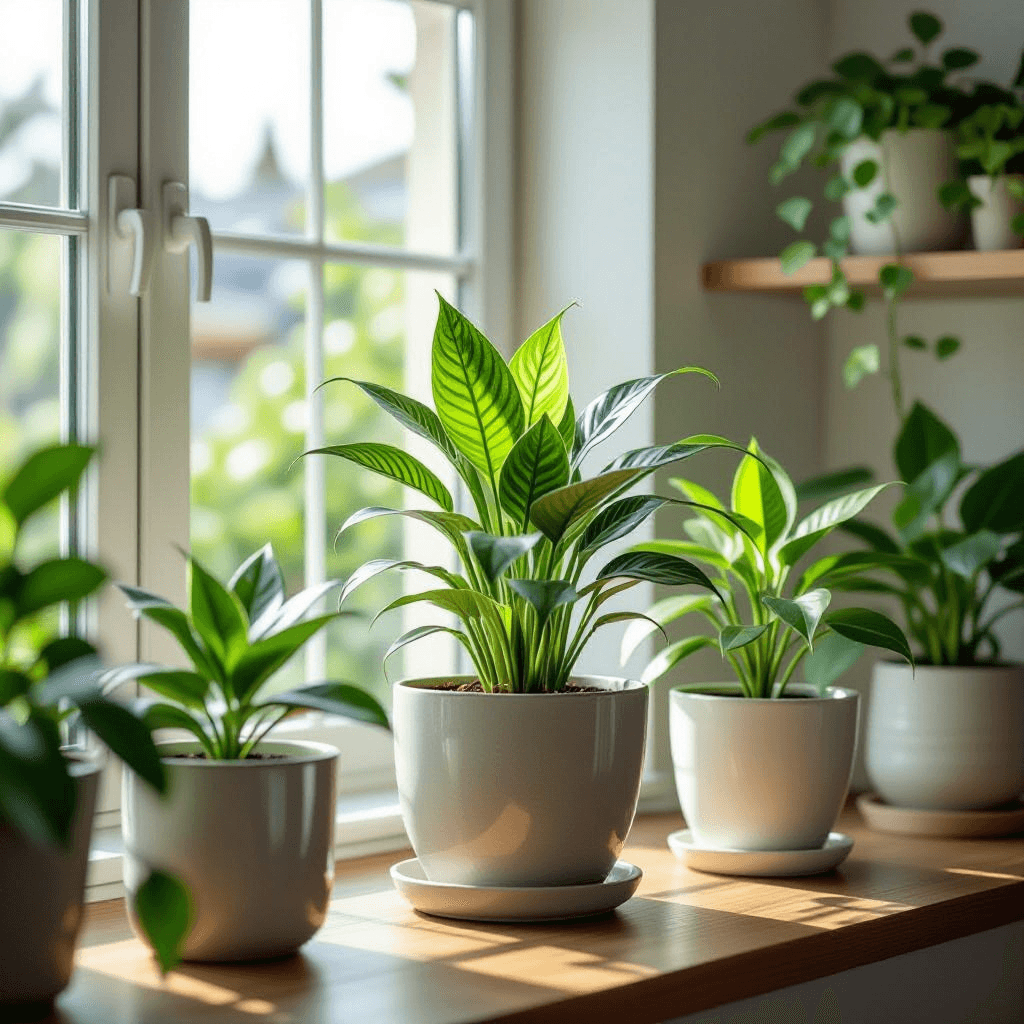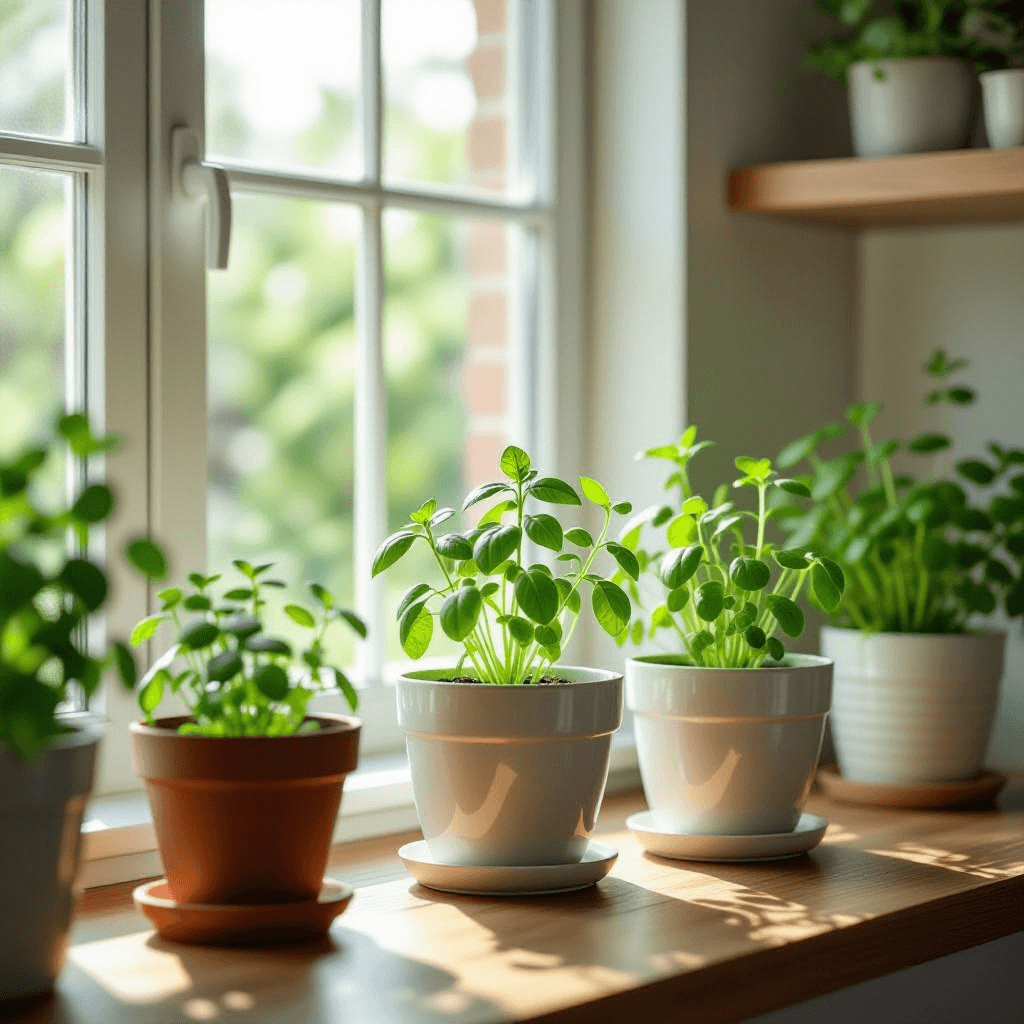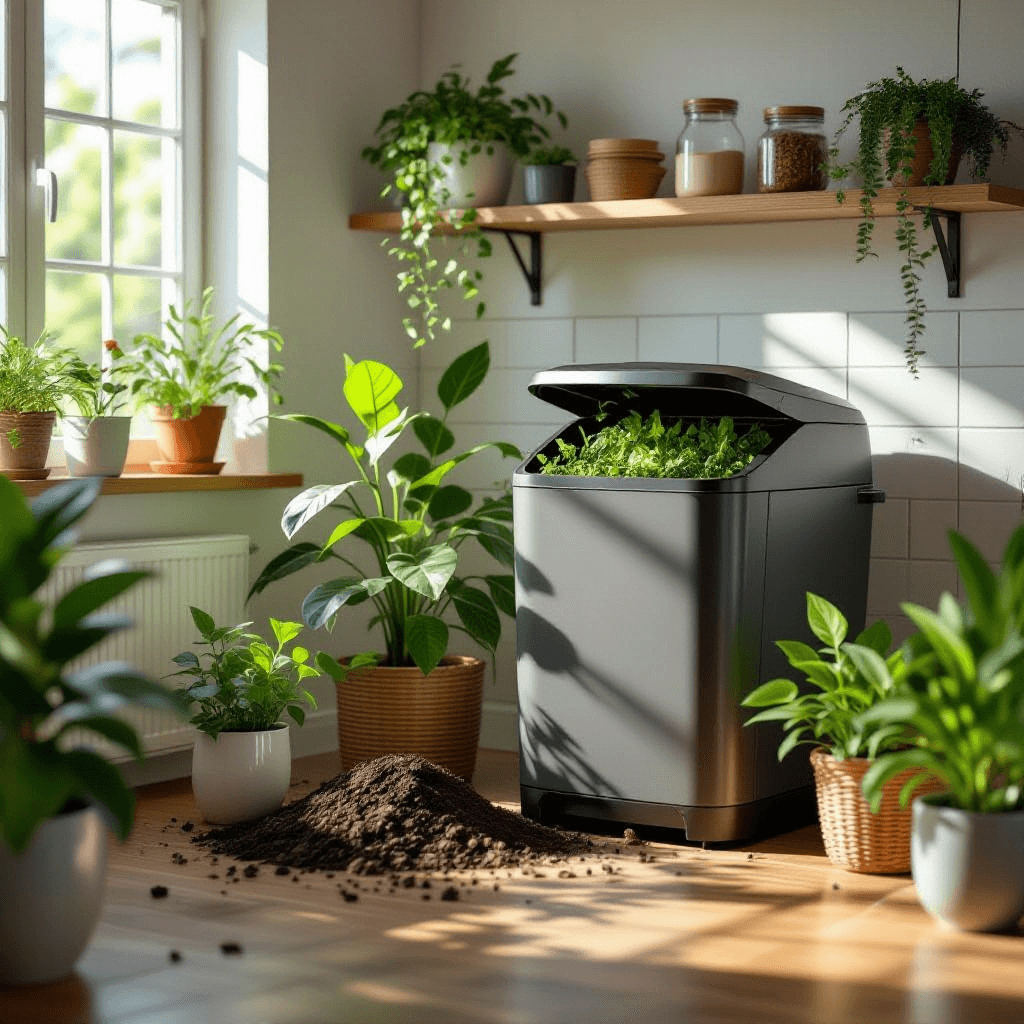The Rising Popularity of Indoor Gardening
Indoor gardening has experienced a remarkable surge in popularity in recent years, particularly during the COVID-19 pandemic. As individuals found themselves spending extended periods at home, many began to seek ways to cultivate a sense of nature indoors. This shift not only reflects a growing appreciation for aesthetics but also highlights the psychological and health benefits associated with houseplants. Incorporating indoor plants can significantly improve air quality by filtering toxins and releasing oxygen, thereby creating a healthier living environment. Additionally, studies have shown that having greenery indoors can enhance mood, reduce stress, and promote a calming atmosphere.
The demographic shifts contributing to this indoor gardening trend are notable. Millennials and Gen Z, in particular, are leading the charge in embracing houseplants as part of their lifestyle. These younger generations are often drawn to the creativity and personalization that indoor gardening allows. They appreciate the aesthetic appeal of greenery; platforms such as Instagram and Pinterest have become vital spaces for sharing ideas, showcasing plant care tips, and inspiring others to create beautiful indoor gardens. The visual-centric nature of these platforms encourages users to curate their living spaces with various plants that reflect their personal style.
Moreover, the accessibility of houseplants has also played a crucial role in their popularity. The availability of an extensive variety of indoor plants in local stores and online markets makes it easier for individuals to begin their gardening journeys. As more people seek to enhance their living spaces and invest in their well-being, the trend of indoor gardening is likely to continue flourishing. The combination of improving health, emotional well-being, and aesthetic value makes houseplants an integral part of contemporary home decor, bringing joy and serenity into people’s lives.
Top Houseplants of the Year
As we delve into 2023, certain houseplants have emerged as frontrunners in interior design and gardening. The growing enthusiasm for indoor gardening is reflected in the popularity of these vibrant, adaptable plants, each presenting unique characteristics that appeal to diverse tastes and lifestyles.
One standout in 2023 is the Monstera Deliciosa. Known for its striking, split leaves, this tropical plant not only thrives indoors but also adds a touch of exotic flair to any space. Ideal for beginners, the Monstera requires indirect sunlight and moderate watering, making it a manageable choice for those new to indoor gardening.
The Snake Plant, another hot favorite, is equally beloved for its architectural shape and sturdy leaves. Renowned for its air-purifying qualities, this resilient houseplant can tolerate low light and infrequent watering, further solidifying its position as a low-maintenance option for busy individuals.
Among the most popular choices is the Pothos, often recognized for its trailing vines and variegated leaves. This versatile plant can adapt to a variety of indoor environments, thriving in both low and bright light. Its ability to grow quickly and propagate easily has endeared it to many novice gardeners seeking an aesthetically pleasing addition to their home.
Lastly, the Fiddle Leaf Fig continues to capture attention in 2023. With its large, dramatic leaves, this plant serves as a striking focal point in living rooms or offices. While it may require a bit more attention in terms of light and humidity, its stunning appearance has made it a sought-after houseplant for those willing to invest time in its care.
In addition to these trends, rare and exotic plants are gaining traction among enthusiasts who seek unique specimens to add to their collection. Furthermore, for beginners or those with a busy lifestyle, options such as the ZZ Plant and Peace Lily offer a balance of beauty and minimal effort in care.
Creative Styling Ideas for Indoor Plants
Integrating indoor plants into home decor can elevate the aesthetic appeal of any space. By employing creative styling techniques, individuals can enhance their living areas while reaping the benefits of indoor gardening. One effective method is using plant stands, which not only serve to elevate the plants but also create visual interest at varying heights. This technique allows for a diverse arrangement, encouraging a layered look that draws the eye throughout the room.
Hanging planters provide another innovative display option. By utilizing vertical space, hanging plants can transform blank walls into vibrant, green backdrops. Incorporating trailing plants, such as Pothos or String of Pearls, in macramé hangers adds movement and texture, contributing to a lively atmosphere. When selecting hanging planters, consider the overall height and spatial dynamics to ensure a harmonious blend with the existing decor.
Terrariums are ideal for creating a miniature indoor garden. These glass containers not only protect plants but also add an artistic element to the decor. The variety of shapes and sizes available for terrariums aid in personalizing any space. It is advisable to use a mix of small ferns, succulents, and moss to craft a lush and layered effect inside the terrarium. Moreover, while arranging indoor plants, it is crucial to consider their size, shape, and color in relation to the overall design of the room. Grouping plants of varying heights and foliage textures can lead to a more dynamic composition.
Creating themed plant corners allows for a cohesive look. For instance, a tropical theme can be established by stacking larger leafy plants alongside smaller, vibrant ones, all contained within a uniform color scheme. Using plants to complement existing furniture and color palettes introduces a sense of unity while enhancing the indoor environment. The strategic styling of indoor plants contributes to both functional and aesthetic benefits, transforming living spaces into serene botanical havens.
The Future of Indoor Gardening and Sustainable Practices
The future of indoor gardening is increasingly intertwined with sustainable practices, reflecting a growing awareness of environmental issues and health benefits. As urban living becomes more prevalent, individuals are more inclined to integrate greenery into their homes. This trend further suggests a shift towards urban gardening, where limited space can still accommodate a variety of plants. Vertical gardens and wall-mounted planters are gaining popularity as practical solutions for urban dwellers seeking to enhance their living spaces without compromising on style.
Sustainable gardening practices are also on the rise, particularly in the utilization of recycled materials. Home gardeners are creatively repurposing items such as jars, tin cans, and old furniture to create unique planters. This not only reduces waste but also adds a personal touch to indoor spaces. Furthermore, adopting organic practices in indoor gardening contributes to a healthier home environment, promoting the growth of plants without harmful chemicals that can adversely affect indoor air quality.
Another notable trend is the increasing interest in heirloom and native plant varieties. Such plants are not only well adapted to local climates but also support local ecosystems. By choosing these varieties, indoor gardeners can contribute to biodiversity while enjoying the beauty of unique plants. This connection to nature can enhance one’s sense of responsibility towards the environment, highlighting the role that indoor gardening can play in fostering a stronger bond with the natural world.
As we look ahead, the benefits of indoor gardening extend beyond aesthetic appeal. It serves as a catalyst for personal wellness and encourages environmentally friendly practices. Integrating sustainable gardening methods into daily routines can result in a more harmonious balance between urban living and a healthy lifestyle, cultivating both personal and planetary well-being.


